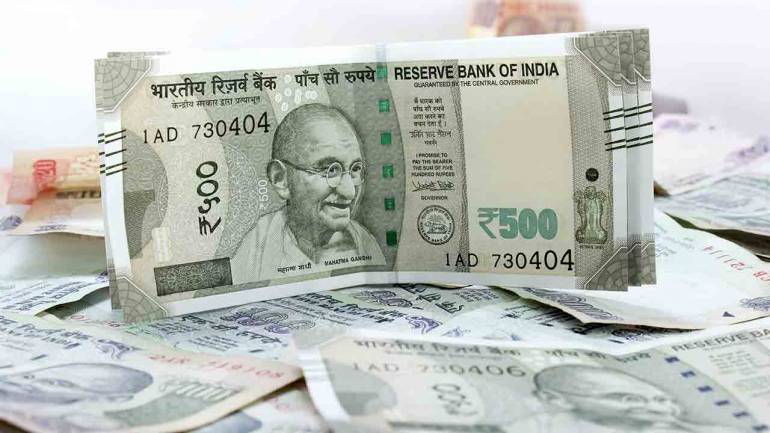Domestically, a sell-off in equities and FII outflows from the equity market have been large concerns
Rushabh Maru
On a combination of global and domestic factors, the rupee has been under pressure in recent sessions. The ongoing trade tension between the US and China has led to tremors across global financial markets. The recent depreciation of the Chinese yuan and continuing protests in Hong Kong have added fuel to the fire. Domestically, a sell-off in equities and FII outflows from the equity market have been large concerns.
US President Donald Trump has agreed to delay tariffs on Chinese goods till December 15. Both parties have agreed to resume trade talks. However, the truce is unlikely to last long.
The Chinese yuan recently breached the psychological 7-mark (against USD). As a result, the US immediately labelled China a currency manipulator. China has blamed the US for the continuing protests in Hong Kong. More importantly, Trump's behaviour is quite unpredictable. The escalating trade war may have negative ramifications for the global economy.
Though the PBoC has ruled out further depreciation in the yuan, it is the latest weapon China is using in the trade war. China has allowed its currency to move below 7 for the first time since the 2008 global financial crisis. On the other hand, Trump has several times called for a weaker dollar, hence, the brewing currency war between the US and China.
China's economic situation is faltering. Its retail sales, industrial production, manufacturing PMI, etc. have been declining. Its GDP growth in the second quarter of this year has slipped to 6.2 percent, the weakest in 27 years. Hence, apart from the trade conflict, its weakening economy is also worrisome to China. As a result, the yuan could continue to weaken in the coming months. This may wreak havoc on the rupee.
The Argentinian peso has depreciated sharply after opposition parties won the primary election. This has piled pressure on emerging-market currencies as well. The ongoing protests in Hong Kong are a matter of grave concern.
Furthermore, concerns have arisen about a recession in the US. Recently, US benchmark 10-year Treasury bond yields have fallen below two-year bond yields. This has led to a sell-off in global financial markets. For this reason, Trump has relentlessly pressured the Federal Reserve to cut the interest rate. The Fed has cut the interest rate by 25 bps, but Trump continues to clamour for larger cuts.
The steep fall in the US 10-year and 30-year Treasury bond yields indicate the alarming state of the global economy. Besides, the amount of global debt with negative yields has surged to $15 trillion.
On the other hand, in June itself India's fiscal deficit hit 61.4 percent of the budgeted target for the whole of the current fiscal. GDP growth has sharply decelerated. The subdued domestic demand led to the IMF cutting its projections of India's GDP growth for 2019 and 2020. Inflation, though, is low and within the RBI's comfort zone. Also, crude oil prices have stabilised. This might keep inflation in check. As a result, India's central bank has been cutting interest rates. But it may not suffice to tackle the present slowdown in the domestic economy.
Overall, global and domestic economies face devastating huge headwinds. The US-China trade conflict is unlikely to be resolved soon. Weakness in the yuan and in other emerging-market currencies could weigh on the rupee. Hence, we reckon that the rupee might gradually depreciate to 73/$ in the next few weeks.
The author is Research Analyst - Currency and Commodity at Anand Rathi Shares and Stock Brokers.
Disclaimer: The views and investment tips expressed by investment expert on moneycontrol.com are his own and not that of the website or its management. Moneycontrol.com advises users to check with certified experts before taking any investment decisions.Subscribe to Moneycontrol Pro and gain access to curated markets data, trading recommendations, equity analysis, investment ideas, insights from market gurus and much more. Get Moneycontrol PRO for 1 year at price of 3 months at 289. Use code FREEDOM.













